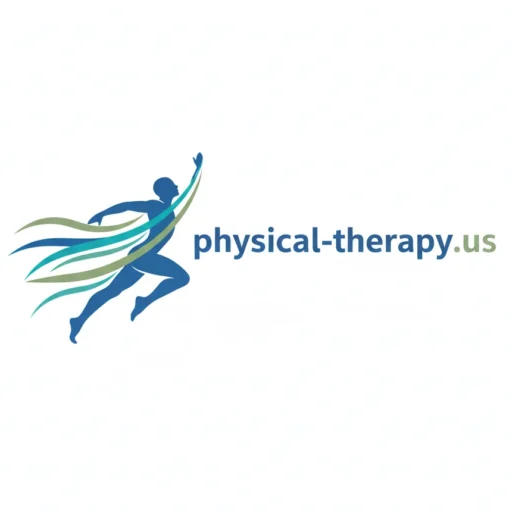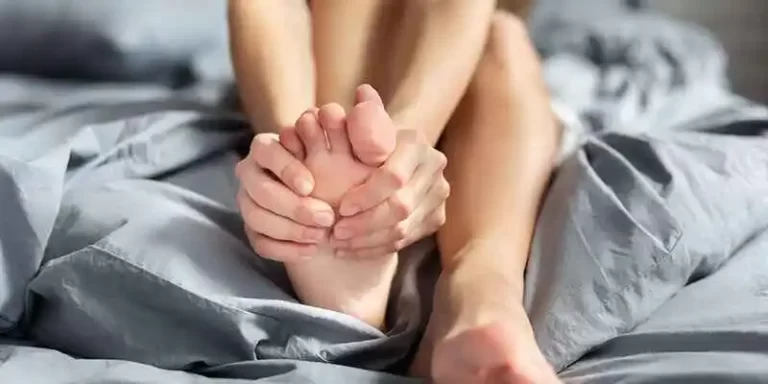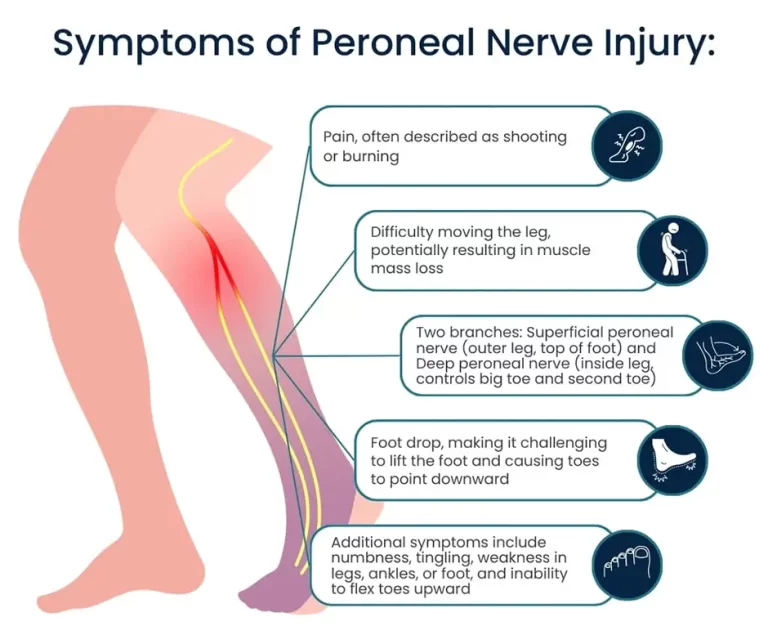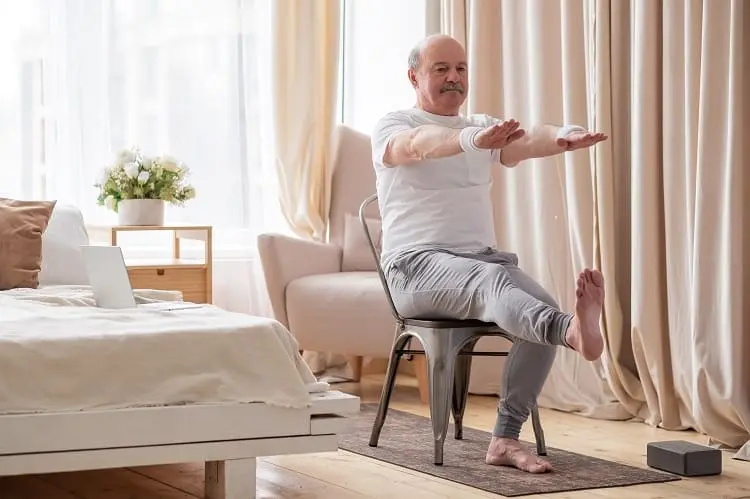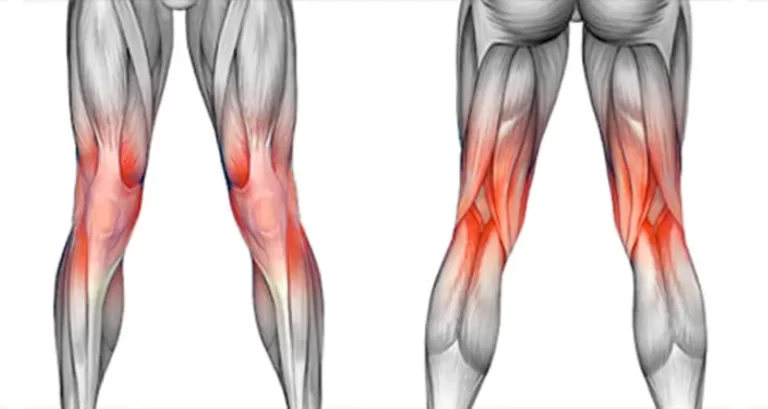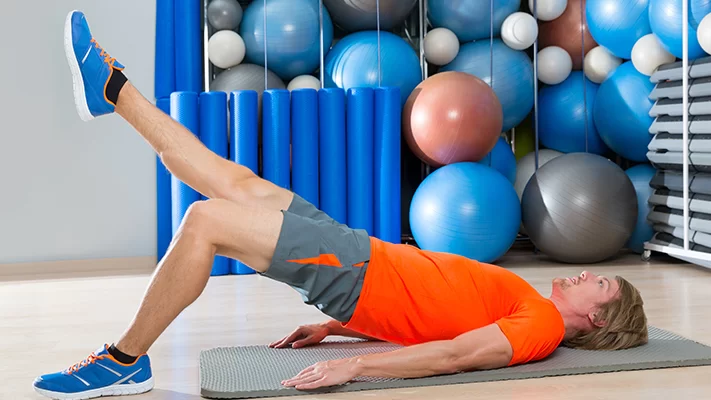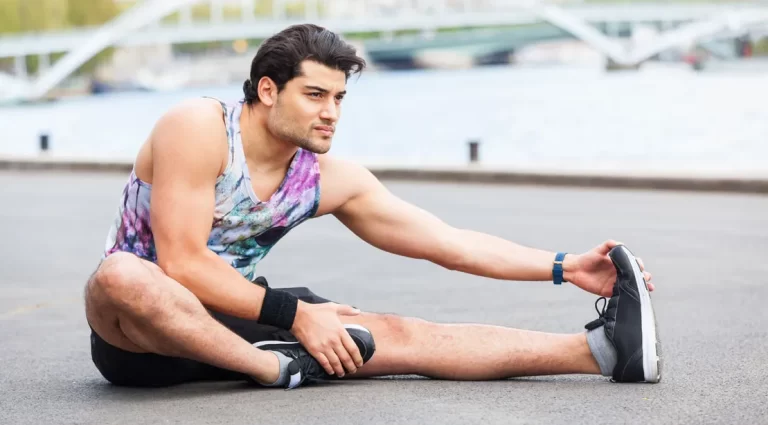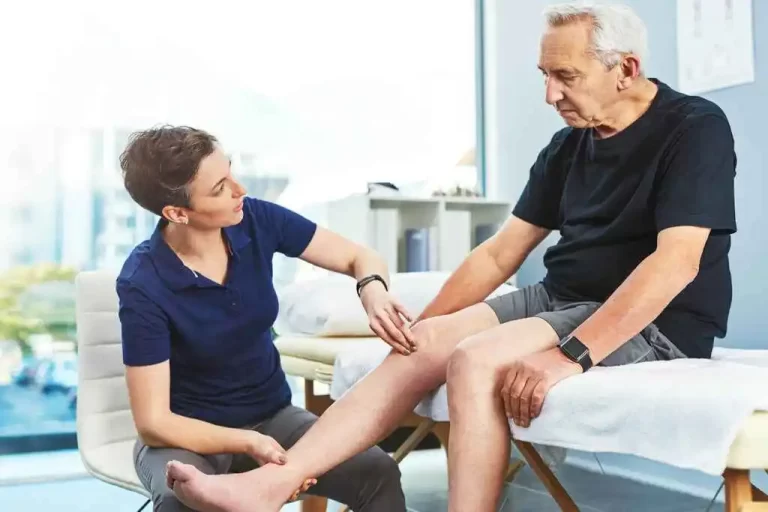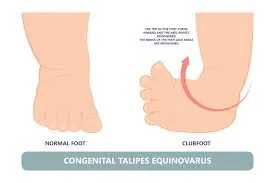Cupping Therapy
What is a Cupping Therapy? Cupping therapy, an ancient healing practice, has garnered increasing attention in recent years for its potential health benefits. Dating back thousands of years, cupping therapy has roots in traditional Chinese medicine (TCM) and has been practiced in various forms across cultures, including in Egyptian, Greek, and Middle Eastern civilizations. Originally,…
